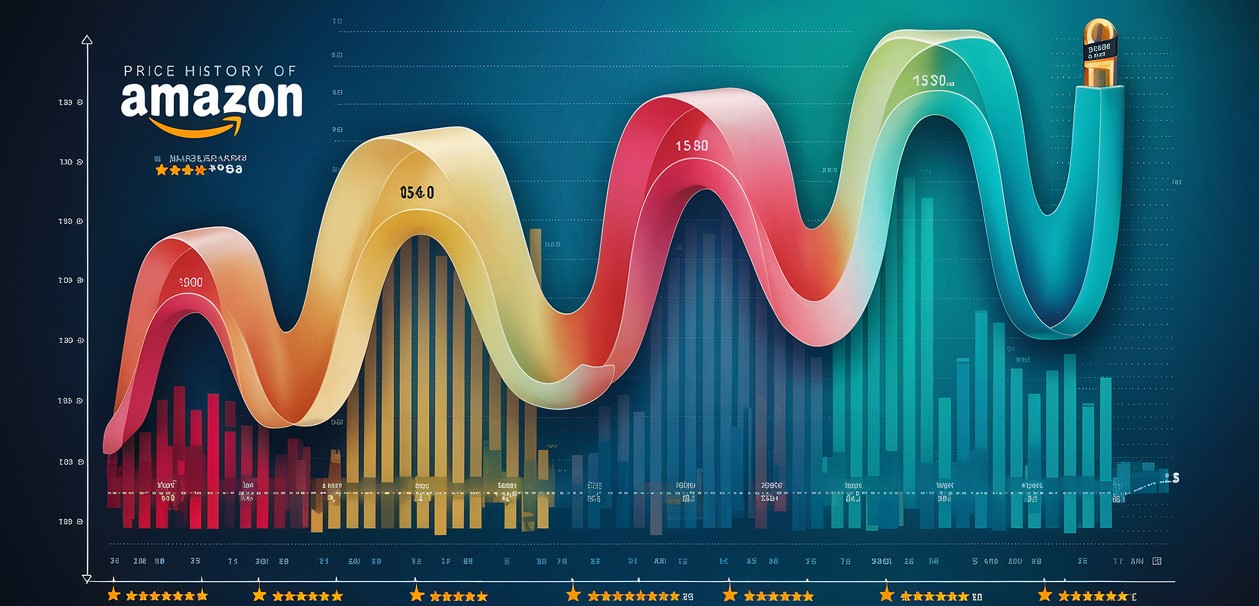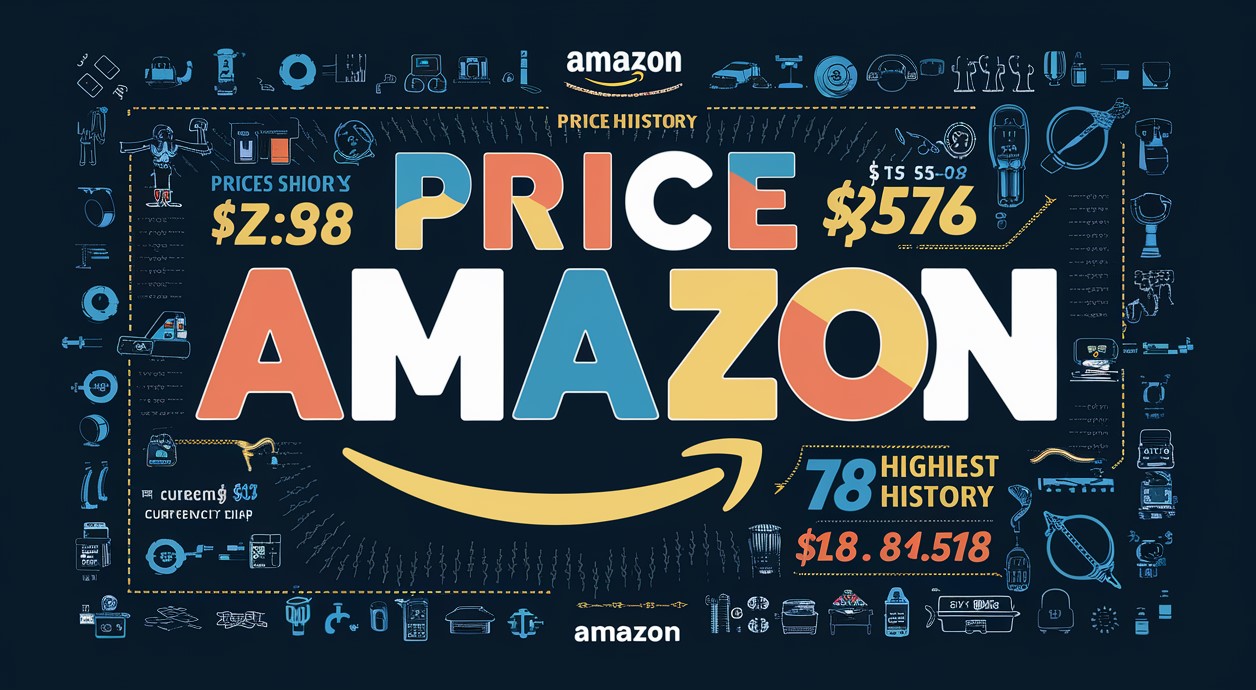When shopping on Amazon, keeping track of price changes can be crucial for making informed purchasing decisions. Amazon price history refers to the historical data of product prices available on the platform. This information empowers buyers by providing insights into price trends over time, helping them decide whether to buy now or wait for a better deal.
Amazon Price History Benefits
Amazon Price History provides several benefits to buyers, enhancing their shopping experience and decision-making process. Here are some key advantages:
- Informed Purchasing Decisions: By accessing historical price data, shoppers can analyze whether the current price of a product is high, low, or average compared to past prices. This insight helps them decide whether to buy immediately or wait for a potential price drop.
- Spotting Discounts and Deals: Monitoring price history allows buyers to identify patterns such as seasonal discounts, sales events like Prime Day, or regular price fluctuations. This knowledge enables shoppers to plan their purchases to maximize savings.
- Setting Price Alerts: Tools and extensions that track Amazon Price History often include features to set up alerts. Buyers can receive notifications when a product's price drops to a desired level, ensuring they never miss out on a discount.
- Comparing Seller Prices: Amazon hosts multiple sellers for many products, each offering different prices. Price history tools help buyers identify sellers with competitive pricing over time, ensuring they get the best deal available.
- Budget Planning: For budget-conscious shoppers, understanding price trends helps in planning purchases. They can allocate funds more effectively by anticipating when prices are likely to be lower.
- Product Authenticity Verification: Unusually low prices may raise concerns about product authenticity. Checking price history can help verify if discounts offered by sellers are legitimate or potentially suspicious.
- Educated Shopping Experience: Overall, Amazon Price History enhances the shopping experience by providing transparency and empowering buyers with the information needed to make educated decisions. Whether it's for everyday items or big-ticket purchases, understanding price trends ensures that buyers get value for their money.
By leveraging Amazon Price History, shoppers can navigate the vast marketplace more effectively, ensuring they make purchases at the right time and from trustworthy sellers.

Why Track Amazon Price History?
- Making Informed Decisions: By reviewing price history, shoppers can determine if the current price is at a high or low point relative to past fluctuations. This knowledge can guide them on when to buy to get the best value for their money.
- Spotting Deals and Discounts: Observing price trends allows buyers to spot patterns such as regular sales cycles or seasonal discounts. This insight helps in planning purchases to maximize savings.
- Setting Price Alerts: Some tools and services allow users to set up price alerts. These alerts notify buyers when the price drops to a specified level, enabling them to capitalize on discounts without constantly monitoring the site.
- Comparing Sellers: Amazon hosts multiple sellers for many products, each offering different prices. Tracking price history helps buyers identify sellers with competitive pricing over time.
Tools for Tracking Amazon Price History
- Browser Extensions: Extensions like Camelcamelcamel and Keepa integrate with Amazon to display price history charts directly on product pages. They highlight price trends and provide insights into pricing fluctuations.
- Price Tracking Websites: Websites dedicated to tracking Amazon prices aggregate historical data across a wide range of products. Users can search for specific items and view detailed price histories.
- Mobile Apps: Some apps offer mobile-friendly interfaces for tracking Amazon price history on the go. They often include features like notifications for price drops and historical pricing charts.

How to Use Amazon Price History Effectively
- Research Before Purchasing: Before making a purchase, check the price history of the product to ensure you're getting a fair deal. Look for trends and avoid buying at a peak unless urgent.
- Set Alerts: Utilize price alert features to be notified when the price drops to a desired level. This way, you can make your purchase at the optimal time.
- Consider Seasonal Trends: Certain products may have predictable price fluctuations based on seasonal demand or sales events like Black Friday. Understanding these trends can help you plan your purchases.
- Verify Product Authenticity: Be cautious of unusually low prices that seem too good to be true. Price history can help verify the legitimacy of discounts offered by sellers.
Conclusion
Tracking Amazon price history empowers buyers with valuable insights into product pricing trends. Whether you're looking for the best deal, planning a purchase around seasonal discounts, or comparing prices between sellers, understanding price history can make your shopping experience more informed and cost-effective. Use the tools and tips mentioned to leverage Amazon price history effectively and make smarter buying decisions.












